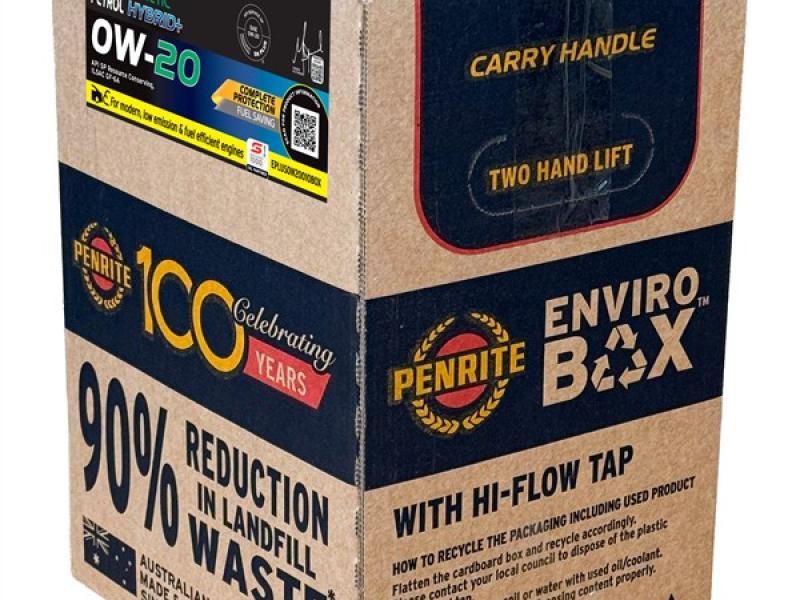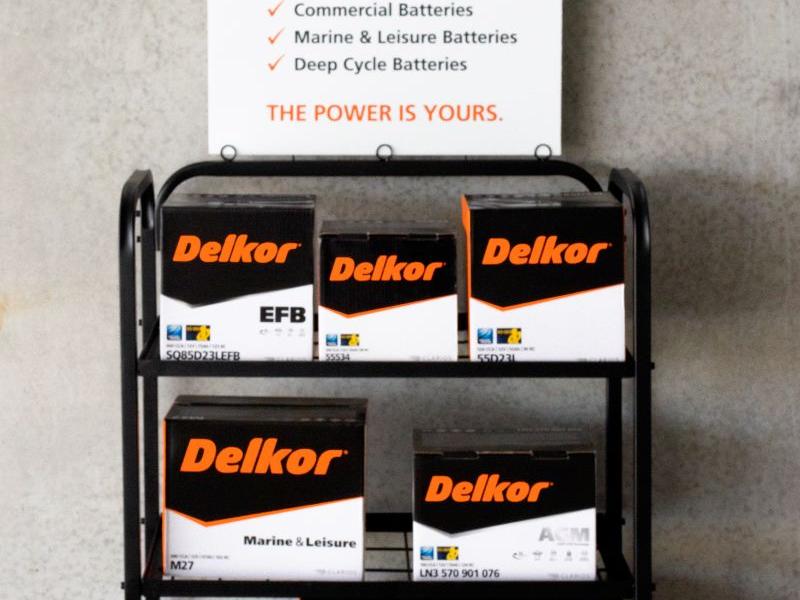Once upon a time getting more performance from your engine started out with a menu of mostly bolt on options, at least – until you wanted to get to the serious end of performance. Maybe a two-barrel Weber carb or two twin barrel Weber or Dellorto carbs, a set of extractors or a modified cam to start off with!
Now the go to first stage of seeking performance is some form of up grade on the engine management chip (ECU). Again, at the more serious levels there needs to be more holistic work around the full engine, but some fairly significant power and torque boosts are possible just via the “chip”.
Factory ECUs are designed with conservative parameters. Manufacturers intentionally tune engines below their potential to accommodate broad environmental variables, varying fuel quality, emissions standards, and long-term durability margins. This conservative tuning creates a performance buffer – and therein lies the opportunity.
The ECU governs critical systems – from fuel injection timing and turbo boost pressure to throttle response and ignition maps There are a variety of ways to upgrade the ECU. The simplest is to use an already programmed piggyback chip solution which splices into the existing wiring intercepting the signals to the OEM ECU. These are fairly easy to fit (Usually Plug and Play) and can be removed when the vehicle is sold. Next up in complexity is re flashing the OEM ECU either via the OBD-II port or on the bench. Some OEM ECUs are locked to prevent or make this more difficult and specialised equipment and software is required. For ultimate performance a stand-alone replacement ECU is a great option from companies such as Link, Haltech and Motec.
Risks and trade-offs
The technical advantages do not come without caveats. Increased power output leads to higher thermal and mechanical stress. An improperly tuned ECU can induce knock, lean conditions, or premature component wear. Moreover, transmission maps and drivetrain limits may not be accounted for in simplistic flash tunes.
Another concern is emissions compliance. Many ECU modifications disable or reconfigure emissions-related components like EGR valves or catalytic converter thresholds, potentially violating environmental regulations. There are also risks of damage to components if re flashing an existing ECU.
Going to the next level
Chip upgrades can be mixed with upgraded to turbochargers, fitting better exhaust systems from the engine to the tail pipe and internal engine modifications including cylinder head porting and upgraded camshafts just like in the good old days. Parasitic power losses such as water pumps and fans can be changed to electric to reduce power losses and there is still the tried and tested method of doing an engine swap to a bigger/more powerful engine.






